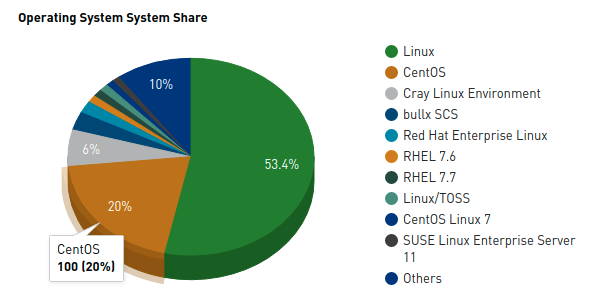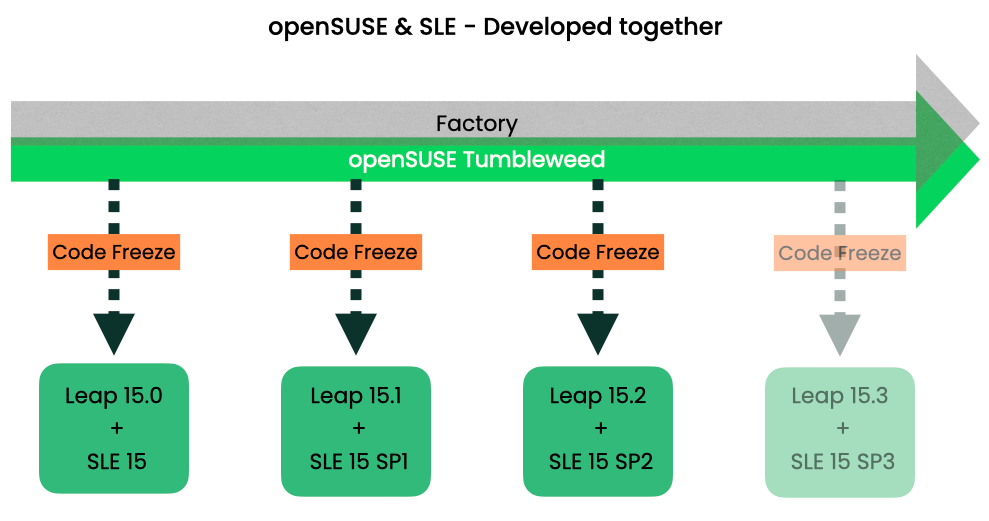Linux RHEL no-cost* vs openSUSE Leap
TL;DR. Red Hat allows its clients to use RHEL for free on up to 16 machines. On the other hand, openSUSE Leap boasts binary compatibility with SUSE Linux Enterprise and comes without any restriction on usage.

Ever since Red Hat announced that they are changing the development model of CentOS and making it an upstream project rather than downstream, it left many CentOS users frowning. No matter what argument brought forward, CentOS users, especially running production machines, relied on the stability of an enterprise-grade Linux distribution. Compiled from RHEL sources, CentOS offered such stability that it powered many web servers and enjoyed a massive 20% share of the top 500 supercomputers of the world.

Some time back, Red Hat made another annoucement, about new Red Hat Enterprise Linux programs. Under the new program RHEL can be used in production for up to 16 systems (which Red Hat considers a small workload) at zero license costs. Also, Red Hat is making it easier for a customer's development team to join the program and reap the benefits.
What risks lie ahead for an enterprise if Red Hat changes or cancels the program in the future? 🤔
On the other hand, since 2018, SUSE has worked closely with the openSUSE community to bring the Leap distribution closer to SUSE Enterprise Linux (SLE), such that now Leap and SLE are binary compatible.
openSUSE currently offers two distinct distributions, Leap & Tumbleweed.
Tumbleweed is a rolling distribution constantly getting updated software whereas Leap has planned releases that sync with SUSE Linux Enterprise and its Service Packs.

The above image depicts how openSUSE & SUSE Linux Enterprise are developed together. Factory is the rolling development codebase for both openSUSE & SLE. In the pipeline we can see that Leap & SLE are synced and both receive software packages from the same source; that is why they are both binary compatible.
In a series of blog posts explaining how SUSE builds its Enterprise Linux distribution, author Vincent Moutoussamy details the relationship between openSUSE & SLE.
Conclusion
Red Hat allows its clients to use RHEL for free on up to 16 machines. On the other hand, openSUSE Leap boasts binary compatibility with SUSE Linux Enterprise and comes without any restriction on usage.
Cover image source:
Photo by Gratisography from Pexels
